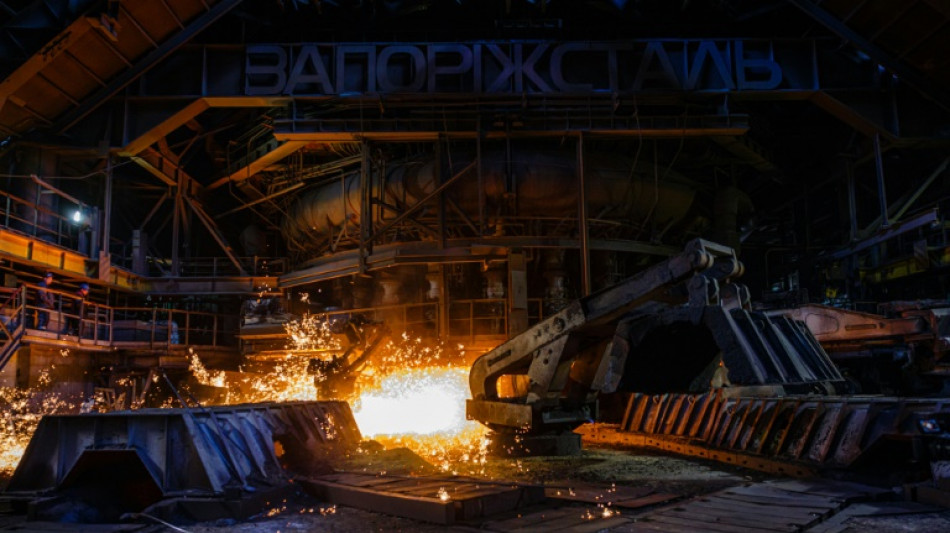
-
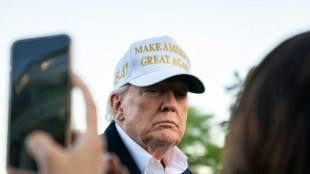 Trump targets US 'sanctuary cities' in migrant crackdown
Trump targets US 'sanctuary cities' in migrant crackdown
-
Mexico agrees to send water to US after Trump threatens tariffs
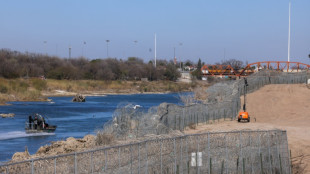
-
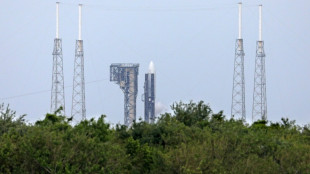 Amazon launches first Starlink-rival internet satellites
Amazon launches first Starlink-rival internet satellites
-
US lost seven multi-million-dollar drones in Yemen area since March
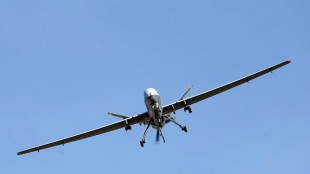
-
 Bucks blow as Lillard suffers torn Achilles: team
Bucks blow as Lillard suffers torn Achilles: team
-
Putin orders three-day truce amid new US warnings
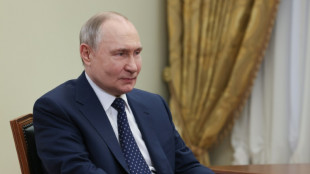
-
 Real Madrid's Ancelotti agrees Brazil deal - reports
Real Madrid's Ancelotti agrees Brazil deal - reports
-
ChatGPT adds shopping help, intensifying Google rivalry

-
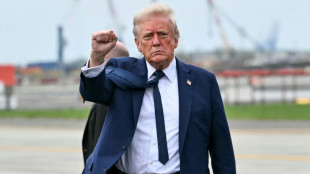 Global stocks mixed amid trade hopes as markets await tech earnings
Global stocks mixed amid trade hopes as markets await tech earnings
-
Commanders heading back to D.C. after inking $3.7 bln stadium deal
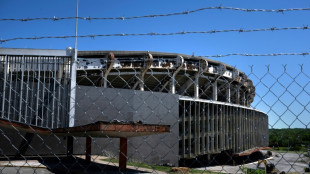
-
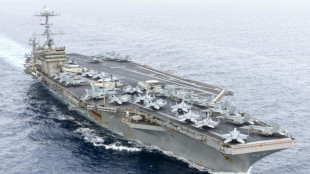 US warplane falls off aircraft carrier into Red Sea
US warplane falls off aircraft carrier into Red Sea
-
Feisty Arteta urges Arsenal fans to 'bring boots' to PSG Champions League clash

-
 Bucks blow as Lillard suffers ruptured Achilles: reports
Bucks blow as Lillard suffers ruptured Achilles: reports
-
No power, no phone, no transport -- Spain in a panic
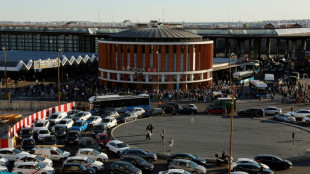
-
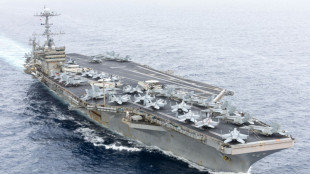 US warplane went overboard into Red Sea: Navy
US warplane went overboard into Red Sea: Navy
-
'Like a dream' as IPL's 14-year-old Suryavanshi becomes youngest to hit T20 ton
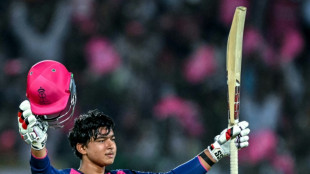
-
 Luis Enrique says PSG have improved since October Arsenal loss
Luis Enrique says PSG have improved since October Arsenal loss
-
UN food, refugee agencies warn of huge cuts after funding losses
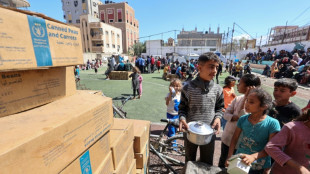
-
 Trump trade war dominates BRICS meeting in Brazil
Trump trade war dominates BRICS meeting in Brazil
-
Rashford expected to miss rest of Aston Villa season

-
 IPL's 14-year-old Suryavanshi youngest to hit T20 ton as Rajasthan rule
IPL's 14-year-old Suryavanshi youngest to hit T20 ton as Rajasthan rule
-
Halle Berry, Jeremy Strong to join Cannes film festival jury: organisers

-
 Klopp congratulates Liverpool on Premier League triumph
Klopp congratulates Liverpool on Premier League triumph
-
Violence-weary Trinidadians vote in general election

-
 Abuse scandal in focus in search for new pope
Abuse scandal in focus in search for new pope
-
Prince William and Kate mark wedding anniversary in Scotland

-
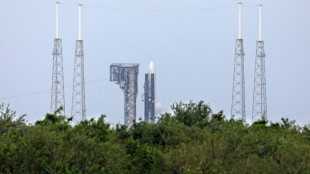 Amazon set for launch of Starlink-rival satellites
Amazon set for launch of Starlink-rival satellites
-
London mayor Sadiq Khan targets Olympic history for city
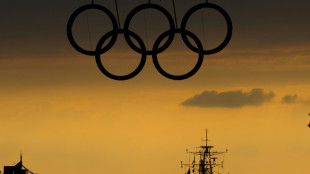
-
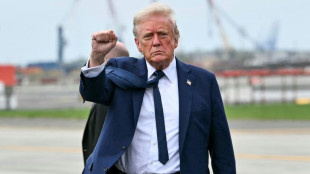 Stock markets diverge amid trade hopes, ahead of earnings
Stock markets diverge amid trade hopes, ahead of earnings
-
Canada votes as Trump renews US takeover push

-
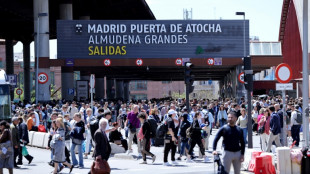 Massive blackout hits all of Spain and Portugal
Massive blackout hits all of Spain and Portugal
-
Conclave starts May 7, cardinals say new pope must tackle abuse

-
 BRICS ministers meet in Brazil over Trump trade policies
BRICS ministers meet in Brazil over Trump trade policies
-
Trump escalates immigration crackdown to mark 100 days
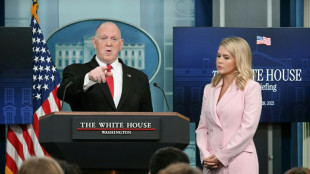
-
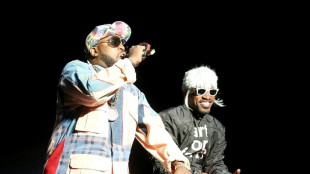 Outkast, White Stripes, Cyndi Lauper among Rock Hall inductees
Outkast, White Stripes, Cyndi Lauper among Rock Hall inductees
-
Putin orders three-day truce in May but Ukraine asks 'Why wait?'
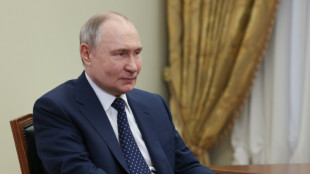
-
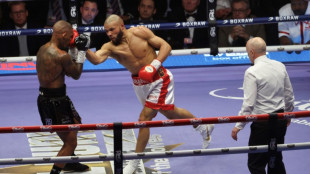 Eubank Jr discharged from hospital following boxing grudge match
Eubank Jr discharged from hospital following boxing grudge match
-
China deploys army of fake NGOs at UN to intimidate critics: media probe
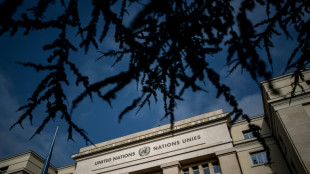
-
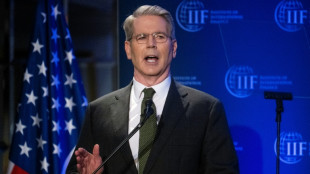 Empty shelves? US Treasury secretary not concerned 'at present'
Empty shelves? US Treasury secretary not concerned 'at present'
-
Slot told Liverpool they could win the league at season start: Konate
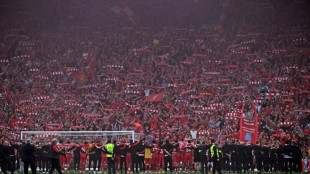
-
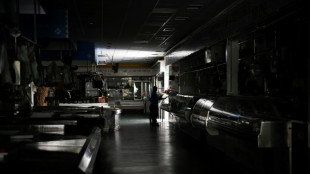 Spain brought to a halt by huge blackout
Spain brought to a halt by huge blackout
-
Stock markets mostly higher amid trade talk hopes
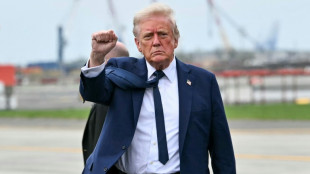
-
 Conclave starts May 7, with cardinals saying new pope must tackle abuse
Conclave starts May 7, with cardinals saying new pope must tackle abuse
-
Massive blackout hits Spain and Portugal
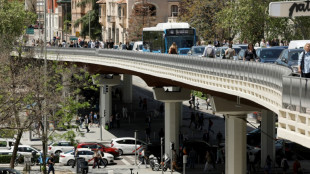
-
 Ruediger 'must show respect to others' says Germany boss Voeller
Ruediger 'must show respect to others' says Germany boss Voeller
-
As Canada votes, Trump pushes US takeover plan

-
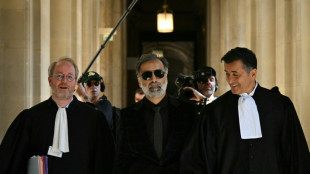 Ten on trial in Paris over 2016 gunpoint robbery of Kim Kardashian
Ten on trial in Paris over 2016 gunpoint robbery of Kim Kardashian
-
African players in Europe: Salah scores, takes selfies as Reds seal title

-
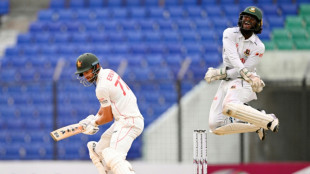 Bangladesh spinner Taijul's 5 wickets trigger Zimbabwe collapse in 2nd Test
Bangladesh spinner Taijul's 5 wickets trigger Zimbabwe collapse in 2nd Test
-
French mosque murder suspect, 21, surrenders in Italy
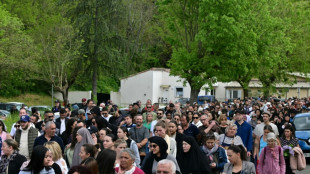

'A chance to survive': Ukraine's fortress steel mills
Food and water stockpiles, generators, toilets, stacks of mattresses and even wood-burning stoves in bunkers deep underground -- the Soviets built this Ukrainian steelworks with war in mind.
A sister plant of the Azovstal mill that's the last redoubt of Ukrainian forces in the port city of Mariupol, the Zaporizhstal factory shows how these Stalin-era sites are designed to defy Russia's invasion.
"We can stay in the shelters for a long time," said Zaporizhstal employee Ihor Buhlayev, 20, in his hooded silver safety gear as molten metal flowed and sparked behind him. "I think it will give us the chance to survive."
Buhlayev's workplace in the southern city of Zaporizhzhia was not taken in Russia's internationally condemned attack, though the plant had to halt operations as the front drew dangerously closer.
The bunkers underneath the giant Azovstal and Zaporizhstal plants were built in the early 1930s, when the world recovered from one war while plodding towards another, and they are intended to shelter thousands of workers.
Both plants are under Metinvest Holding, which is controlled by Ukraine's richest man Rinat Akhmetov.
There are 16 bunkers at the Zaporizhstal works, and the one AFP visited was about 10 metres (about 30 feet) underground and protected by a roughly 10 centimetre-thick blast door.
The long, brightly lit room has rows of wooden benches and is supposed to be able to hold 600 people.
Tanks of water can flush the toilets, emergency food and bottled water are stacked in a storage room, and there are chest-high stacks of firewood for the oil barrel-sized metal stove.
- Another kind of war -
The bunkers under Azovstal sheltered hundreds of civilians, many of whom left the site in an international rescue operation, and still offer refuge for the holdout forces resisting full Russian control of Mariupol.
"God forbid we find ourselves in a situation like our colleagues from Azovstal, metalworkers like us, who ended up staying for so long (in the shelter)... I wouldn't wish that on anyone," Alexander Lotenkov, communications department head, said inside the bunker.
Above that shelter, the roughly 5.5-square-kilometre site has about half the footprint of Azovstal but is still massive and the only way to efficiently get between its units is on a vehicle with wheels.
The size of the site is one thing, but the sheer number of places to hide among rows of buildings and tunnels below the site, as well as observation posts from its tall structures, is another.
But war, in this case, has not been good for business.
Reduced operations have been back up and running since the beginning of April, the same period when the Russians were forced by fierce Ukrainian resistance to retreat from areas around Kyiv.
Some good news came this week with an American announcement to suspend tariffs on Ukraine-made steel, but the situation is still dire.
Ukraine accounts for only about one percent of US steel imports, according to American authorities, who had imposed the 25 percent protective tariff, and logistics is a major challenge for Ukrainian exporters with the usual transport routes shattered by the war.
"We won't be able to compete with other producers, because their logistic expenses are lower and for us to export to the US we need now to get our production from Zaporizhzhia to Poland," the site's general director Alexander Mironenko told AFP.
Steel exports have plunged to a fraction of their pre-war levels and getting back up to speed and to market will be key for the Ukrainian economy.
"It was one of the primary export-oriented industries in Ukraine and around 50 percent of foreign currency income was generated by the metallurgical and mining sectors of Ukraine," Mironenko added.
M.Thompson--AMWN